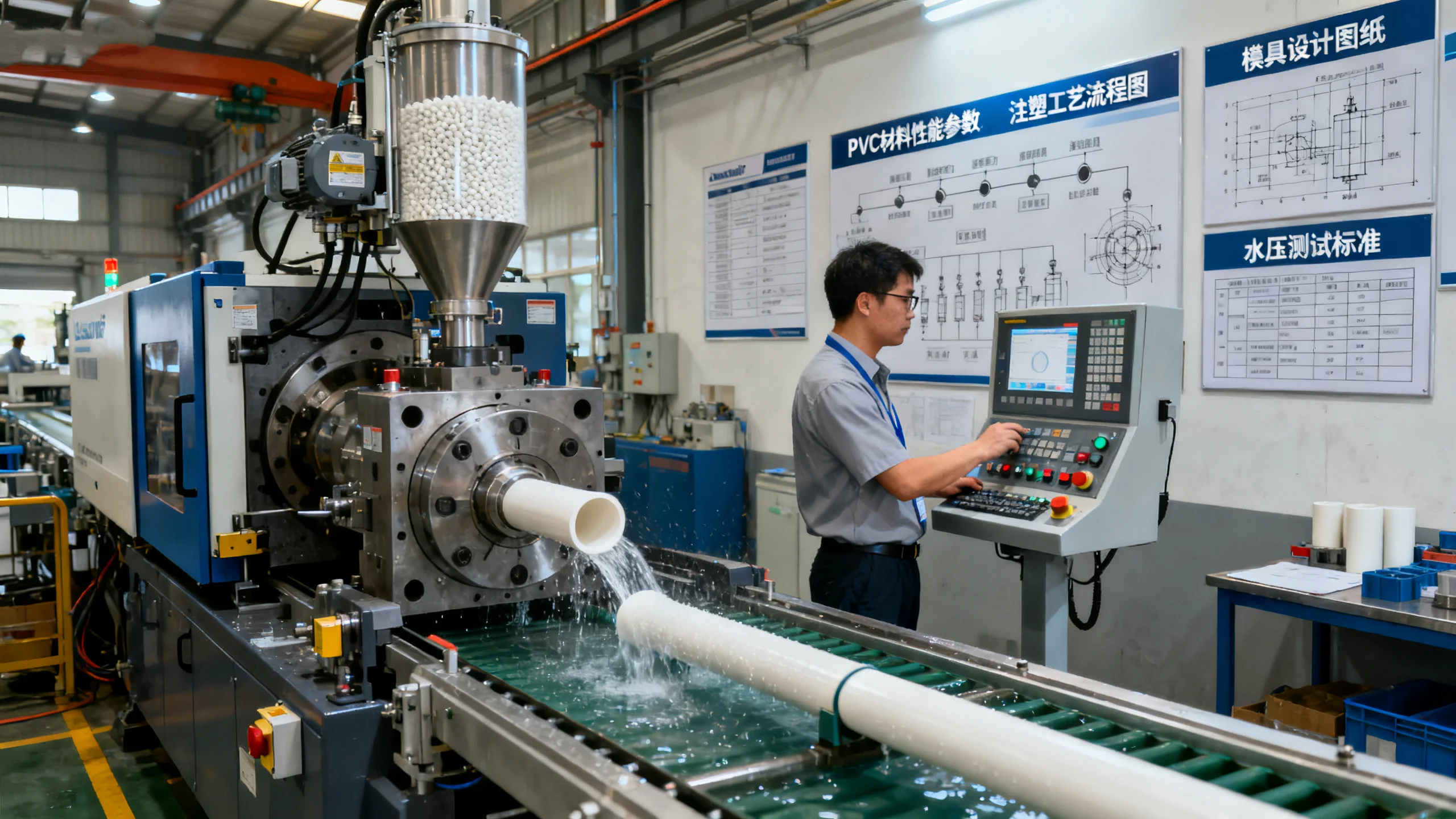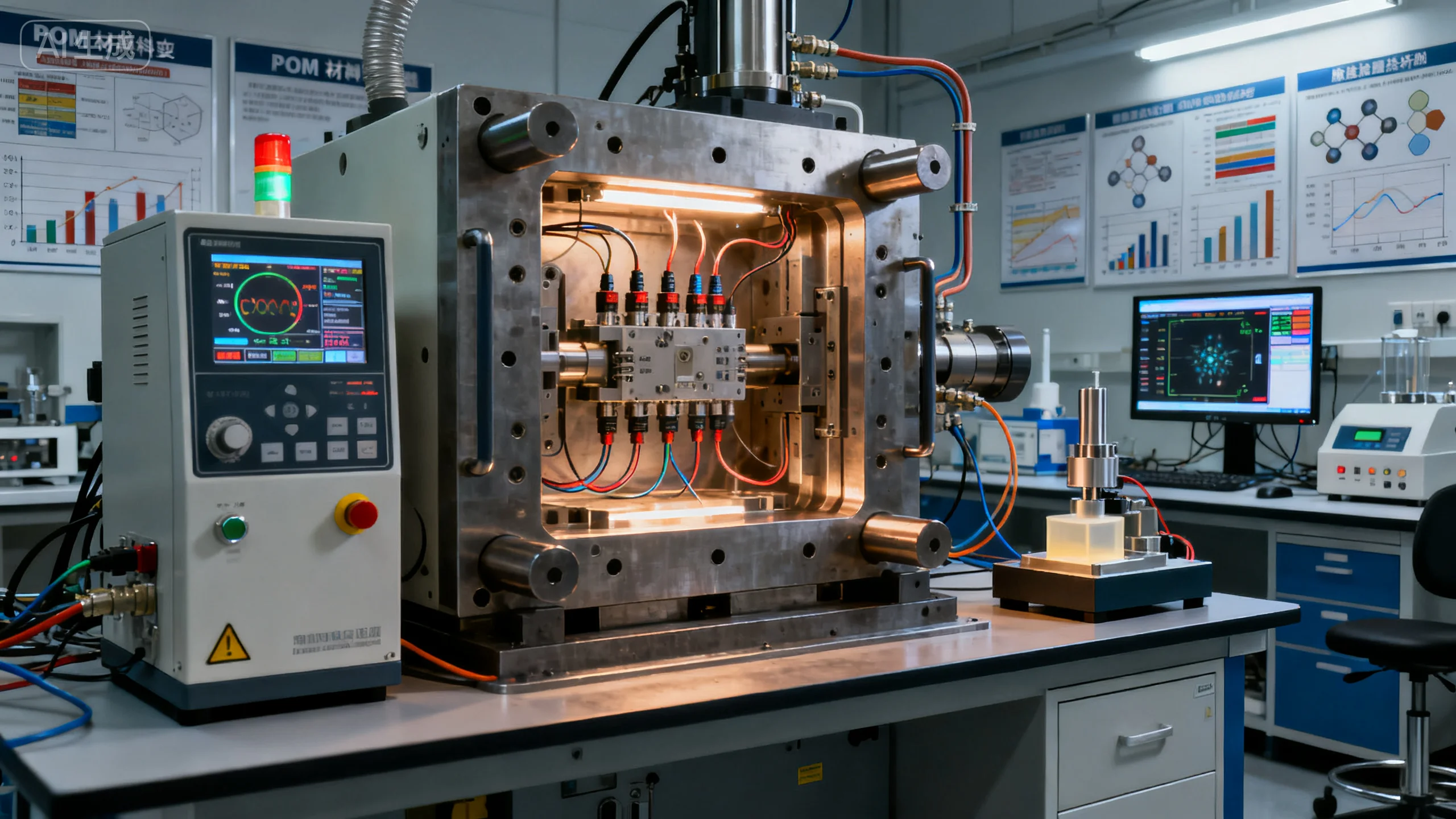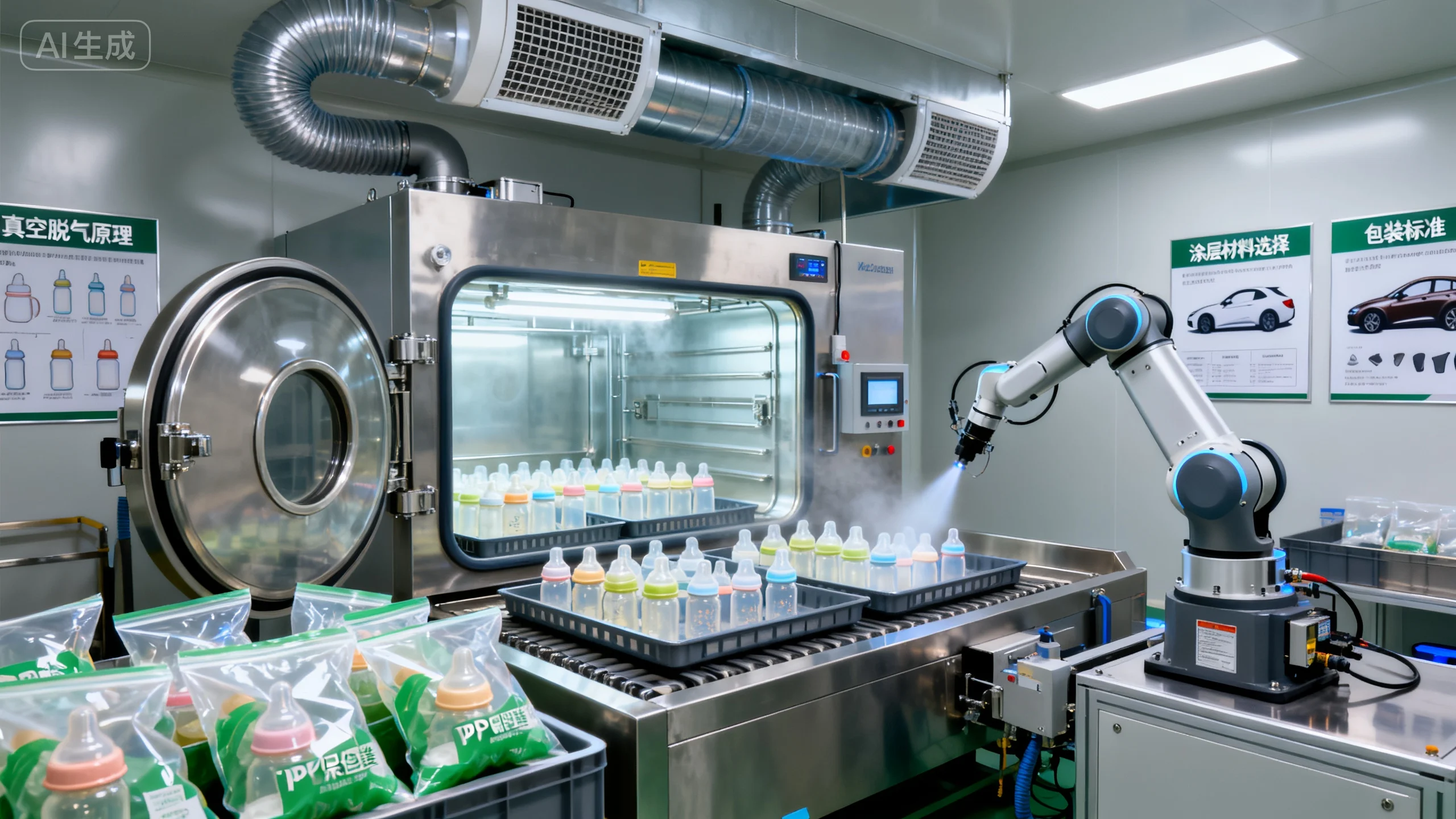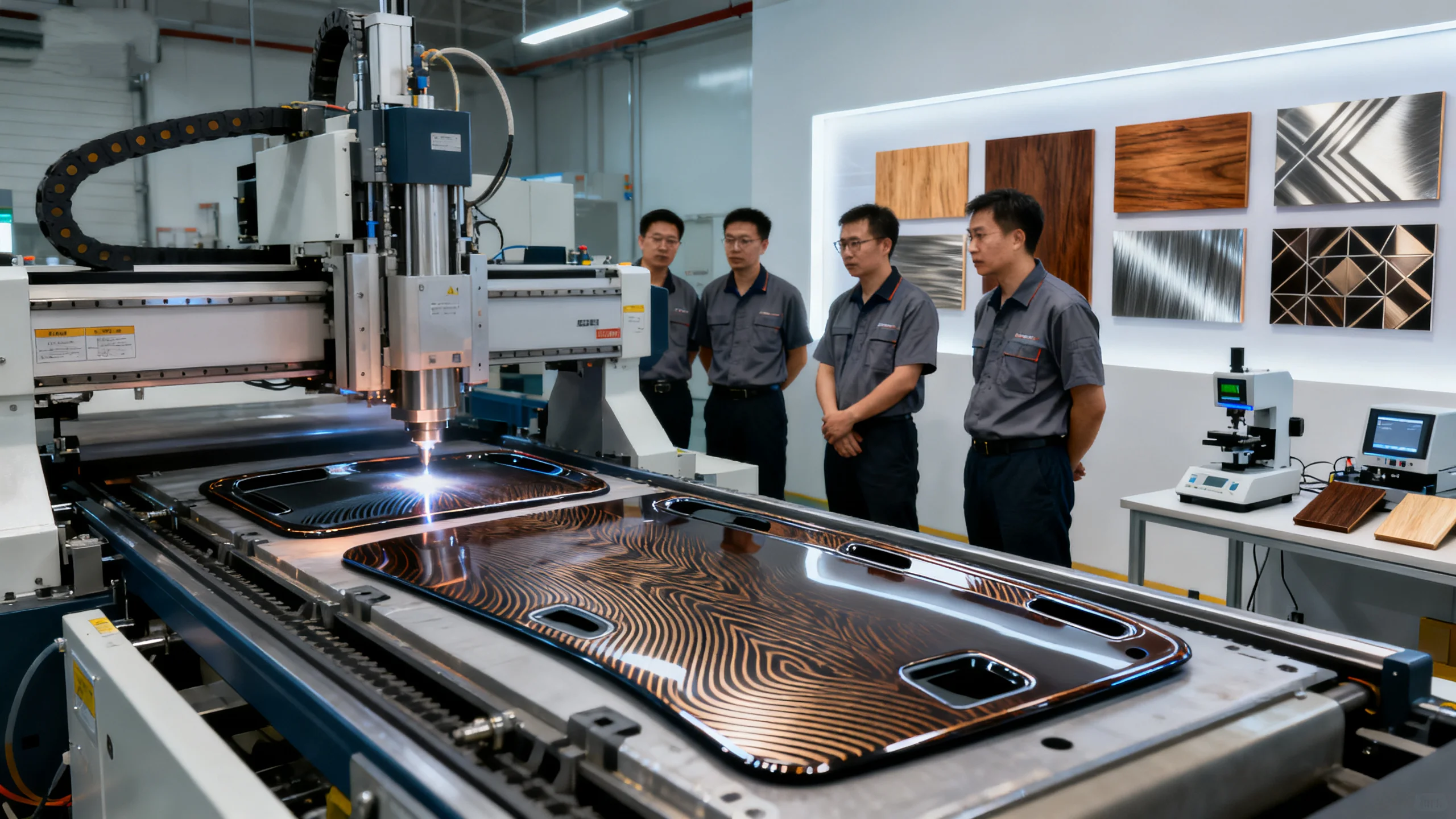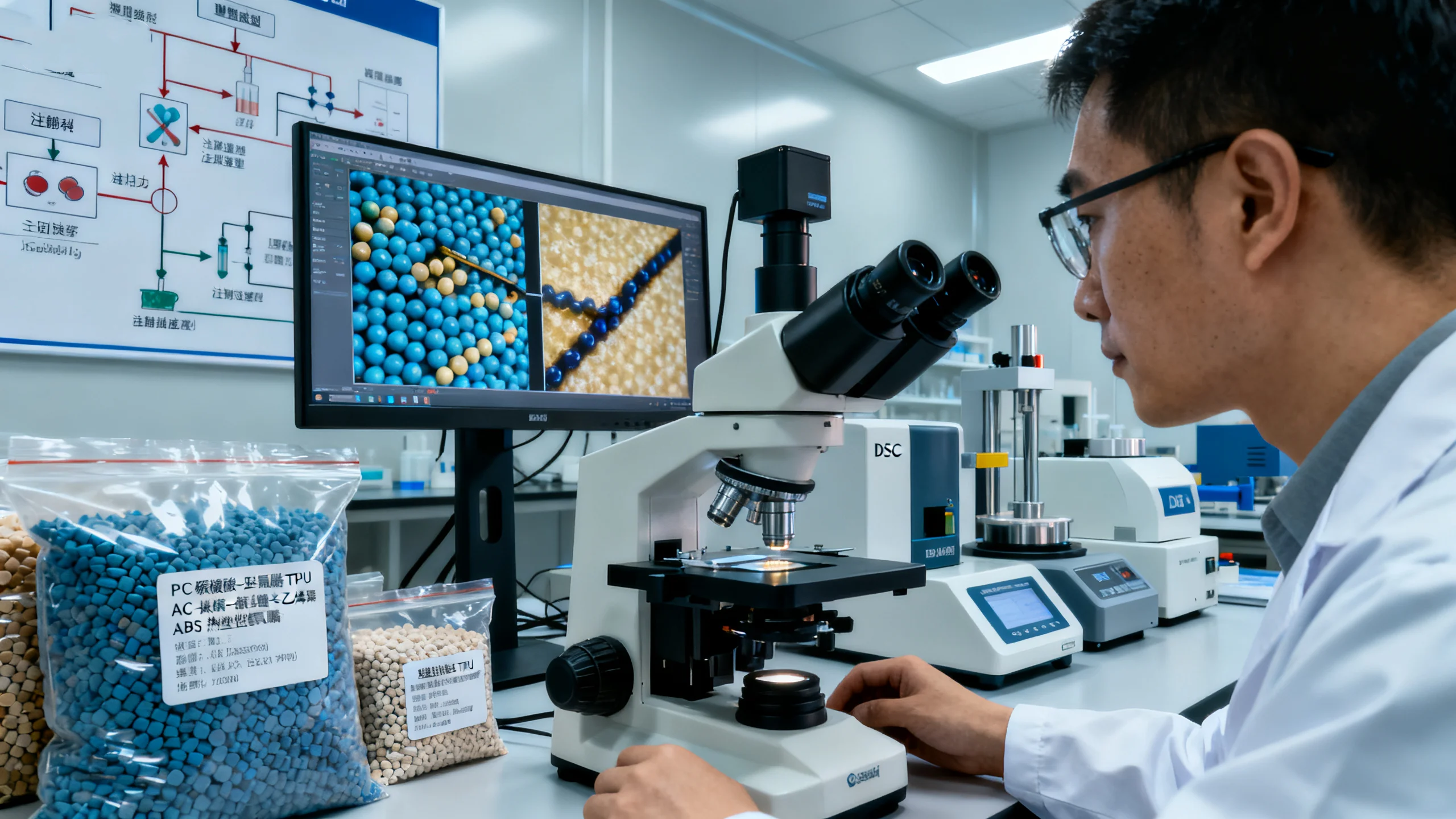Introduction
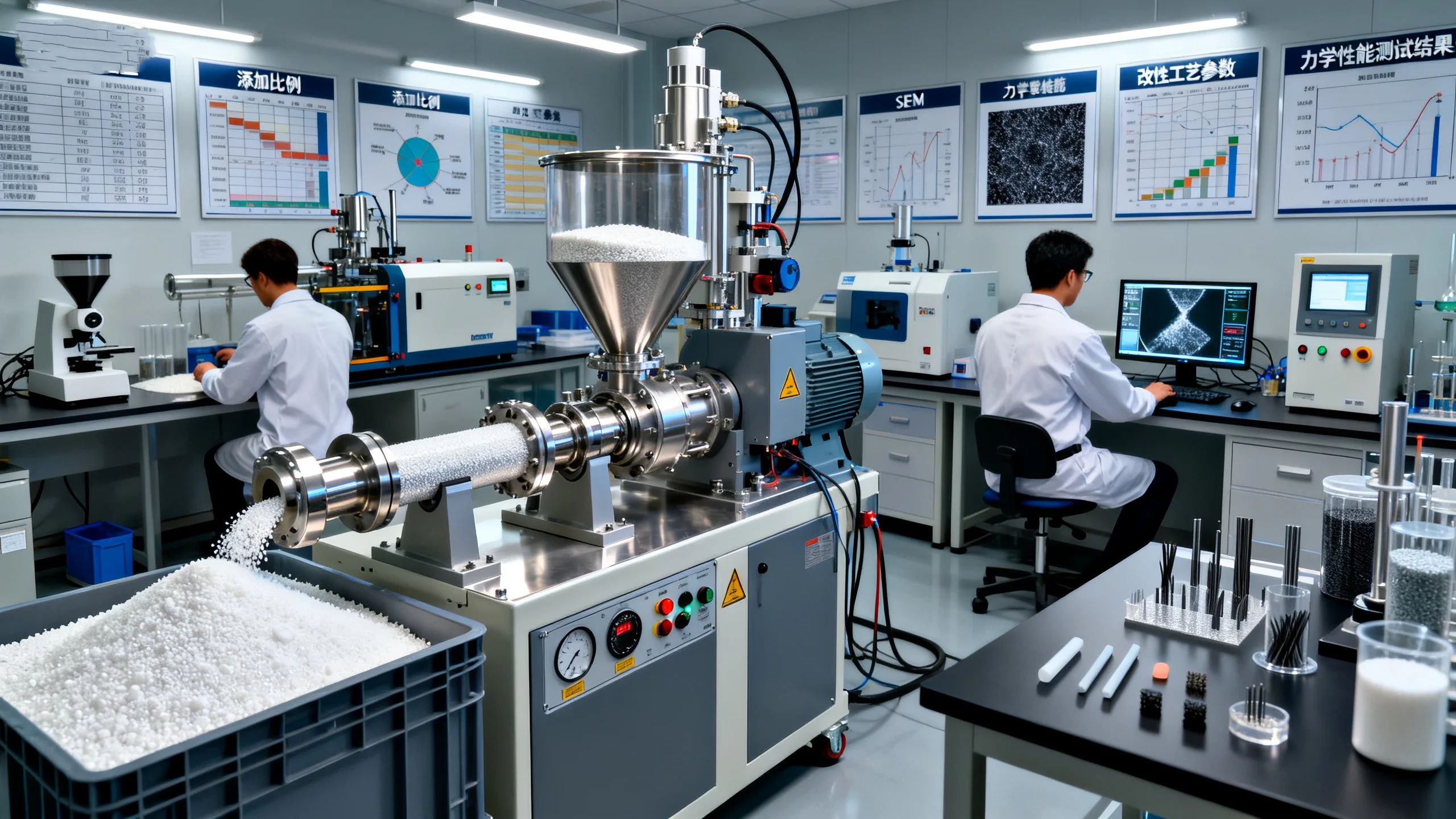
Acetal (POM) is widely used in precision component manufacturing for its excellent mechanical strength and low friction characteristics. Its high creep resistance is derived from the ordered molecular structure and high crystallinity, allowing it to maintain dimensional stability under continuous loading. The molecular chain arrangement of Acetal is the key determinant of its anti-deformation capability.
Under prolonged stress and elevated temperatures, Acetal exhibits remarkable performance stability, making it ideal for gears, sliders, and mechanical supports. By controlling molding parameters, its density and intermolecular bonding can be further improved. A stable molding process is the foundation for achieving high creep resistance.
How does molecular structure enhance Acetal’s creep resistance?
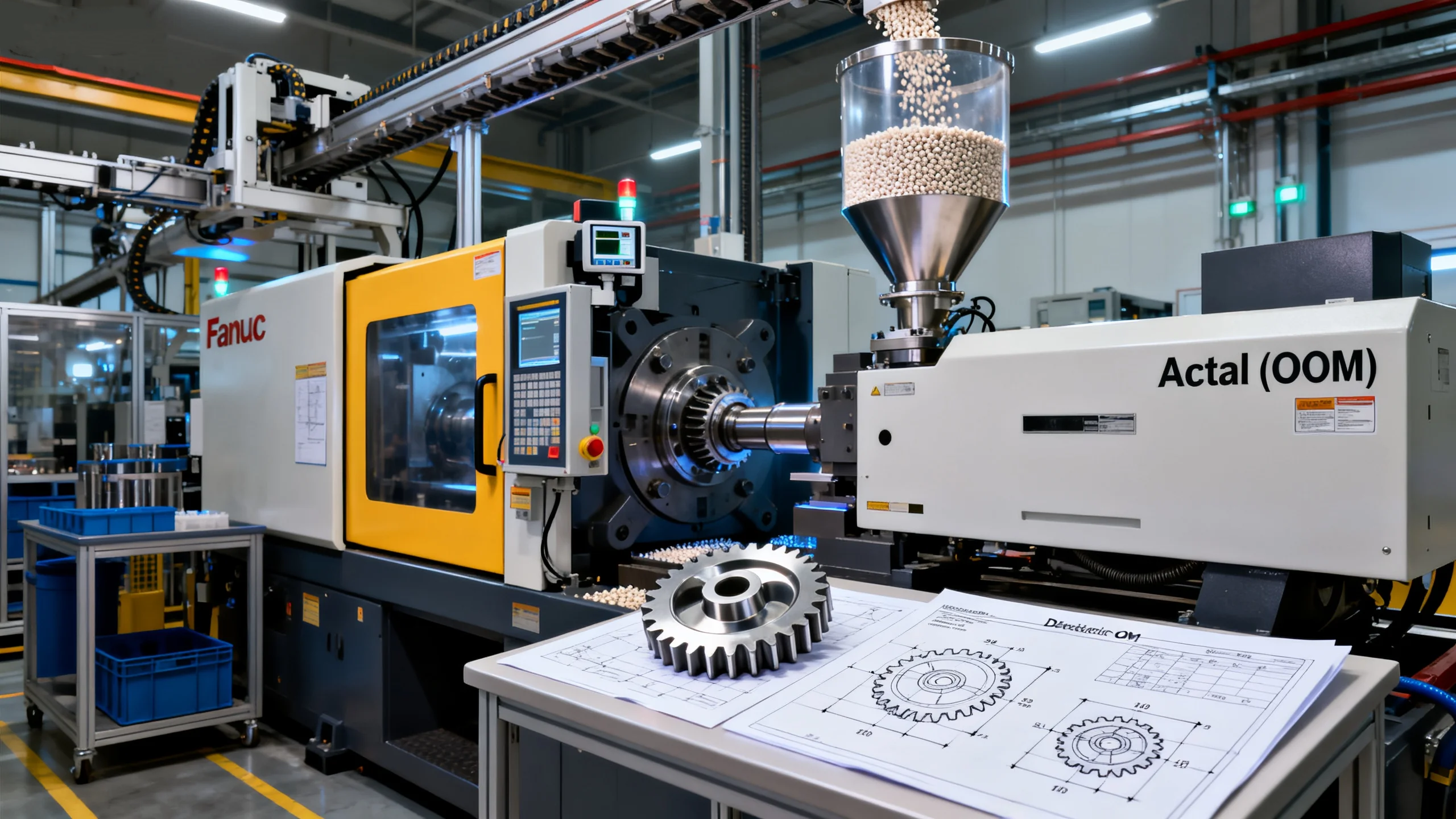
The density and uniformity of Acetal’s molecular chain arrangement directly affect its strain recovery capability under long-term load. High molecular weight and ordered crystalline regions create a more uniform stress distribution, minimizing creep deformation. An optimized molecular structure effectively reduces internal slippage and maintains mechanical stability.
- Molecular Orientation Design: Improves chain bonding through controlled orientation.
- Crosslink Density Control: Introduces limited crosslinks to enhance rigidity.
- Molecular Weight Distribution Optimization: Narrow distribution improves stress uniformity.
- Stabilizer Addition: Delays oxidation and preserves molecular integrity over time.
💡 Precise molecular control is the first step to achieving high creep resistance.
How do molding temperature and cooling rate affect Acetal’s creep performance?
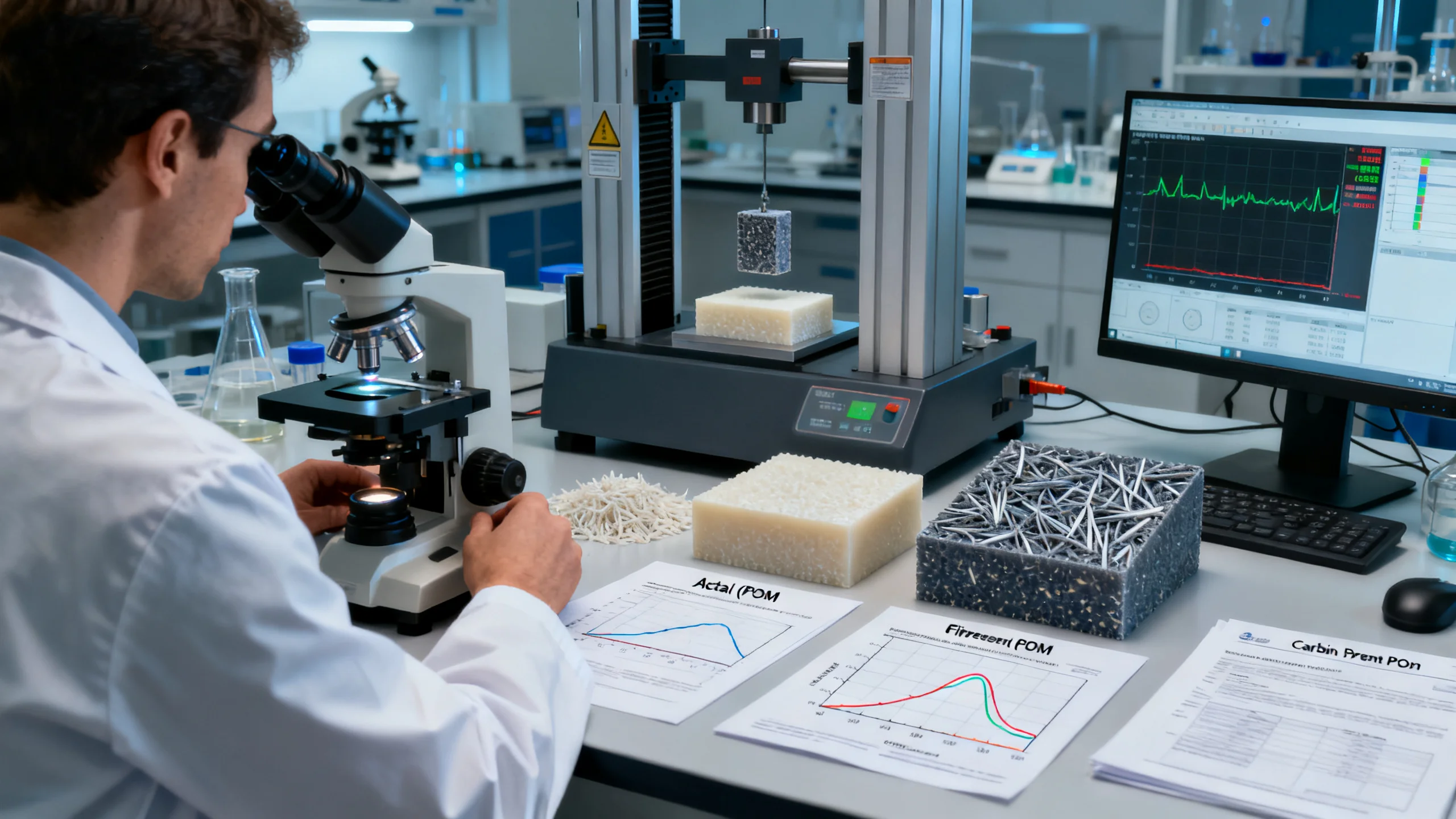
Excessive molding temperature may introduce crystalline defects, while too rapid cooling can trap internal stresses, impacting long-term performance. By optimizing mold temperature and cooling cycles, uniform crystallinity and molecular orientation can be achieved. Proper thermal management dramatically reduces residual stress and extends Acetal’s creep life.
- Mold Temperature Control: Ensures even cooling and minimizes stress buildup.
- Holding Pressure Optimization: Extends hold time to promote full crystallization.
- Ventilation Design: Prevents trapped gas and surface imperfections.
- Cooling Channel Configuration: Balances temperature gradients and reduces warpage.
🔥 Thermal control is the core driver of Acetal’s long-term durability.
How do fillers and reinforcements improve Acetal’s creep resistance?
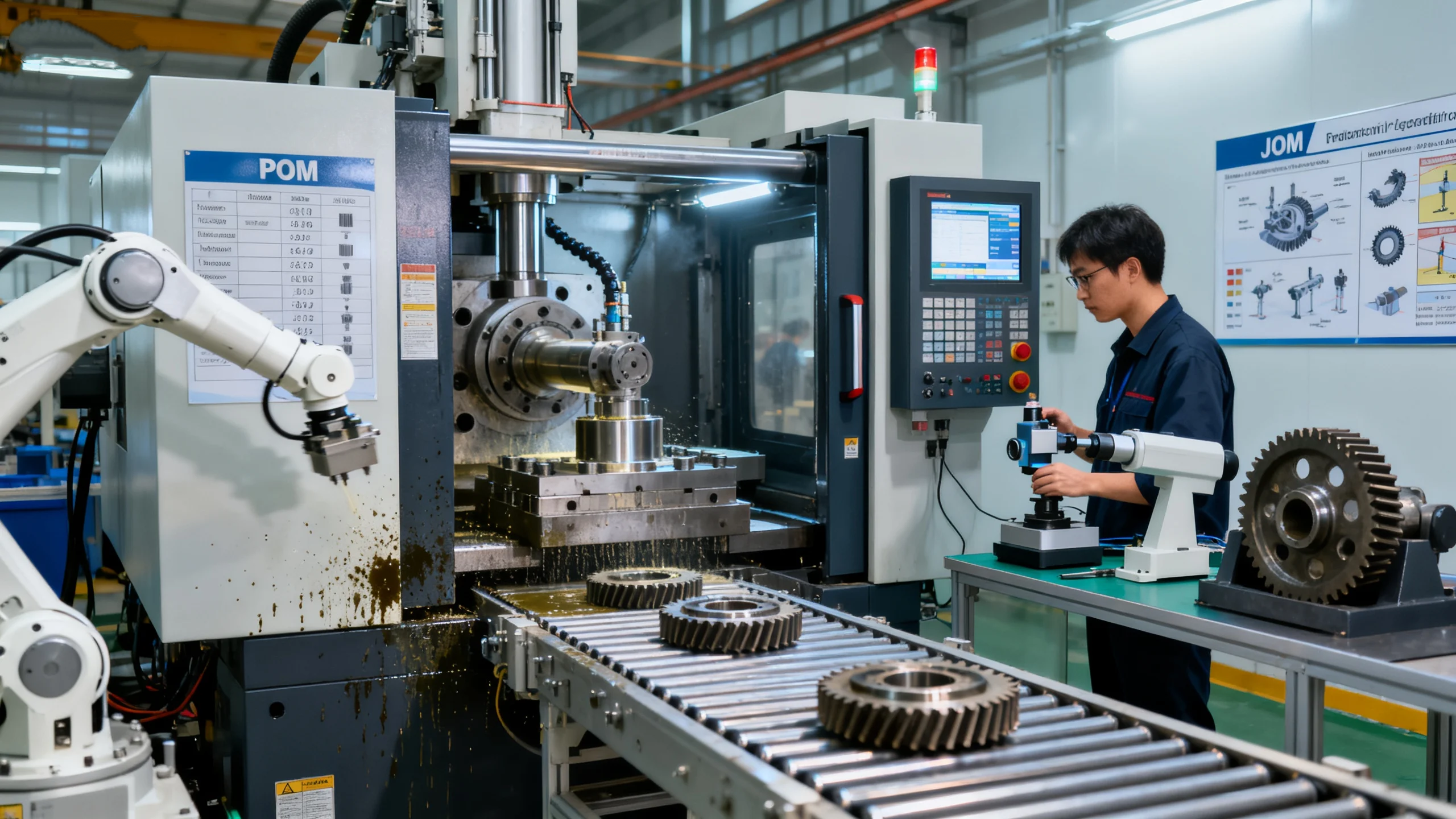
Adding glass fiber, carbon fiber, or mineral fillers to Acetal significantly enhances stiffness and creep resistance. These reinforcements share stress and restrict molecular slippage, ensuring dimensional stability under load. Composite reinforcement systems enable Acetal to perform reliably under high stress conditions.
- Glass Fiber Reinforcement: Improves load transfer efficiency and modulus.
- Carbon Fiber Modification: Reduces weight while enhancing creep strength.
- Mineral Filler Addition: Improves heat resistance and dimensional retention.
- Coupling Agent Treatment: Strengthens filler-matrix adhesion and overall performance.
⚙️ A tailored reinforcement system ensures engineering-grade creep resistance in Acetal.
Creep Performance Comparison of Different Acetal Formulations
| Formulation Type | Reinforcement | Heat Stability | Dimensional Retention | Cost Index | Application |
|---|---|---|---|---|---|
| Pure Acetal | None | Medium | Good | ★★★★☆ | Gears/Sliders |
| Glass Fiber Acetal | 30% Glass Fiber | High | Excellent | ★★★☆☆ | Structural Parts |
| Carbon Fiber Acetal | 15% Carbon Fiber | Very High | Outstanding | ★★☆☆☆ | Precision Parts |
| Mineral Filled Acetal | Talc/Glass Bead | High | Good | ★★★☆☆ | Housing Parts |
Want to know which Acetal formulation suits your product best? contact us today.
Environmental Stress and Design Strategy
In long-term service environments, factors such as humidity, temperature, and mechanical loading accelerate creep behavior. By simulating stress distribution and optimizing structure, engineers can predict fatigue limits early. A scientific design and validation process ensures consistent Acetal performance in real-world conditions.
1.Finite Element Optimization: Predicts creep trends with precision.
2.Stress Concentration Reduction: Uses ribs and fillets to minimize local stress.
3.Long-Term Aging Tests: Confirms stability under varied environmental conditions.
4.Traceable Process Parameters: Ensures production consistency and repeatability.
Conclusion
The superior creep resistance of Acetal injection parts results from the synergy between molecular structure, processing control, and reinforcement systems. With proper material selection and process optimization, dimensional stability under heavy load can be reliably achieved. Consistent design and process precision are the foundations for high-performance Acetal molding.
For expert assistance in implementing Acetal injection solutions for your production needs, visit our resource center or contact us. Let’s help you scale up your manufacturing with precision and efficiency!

